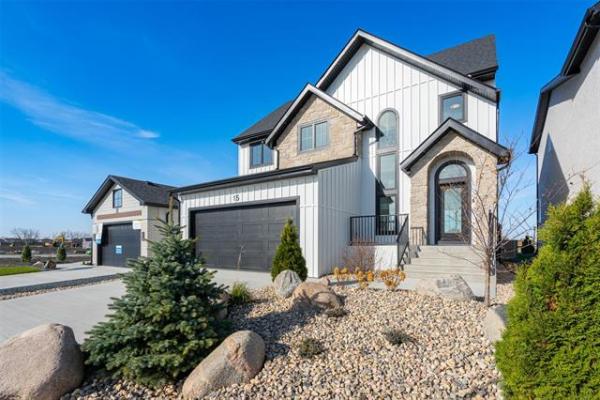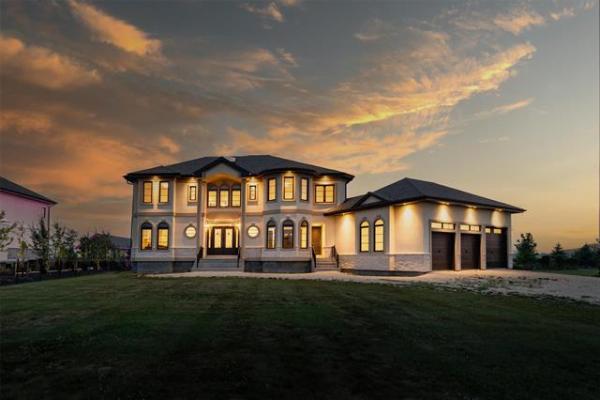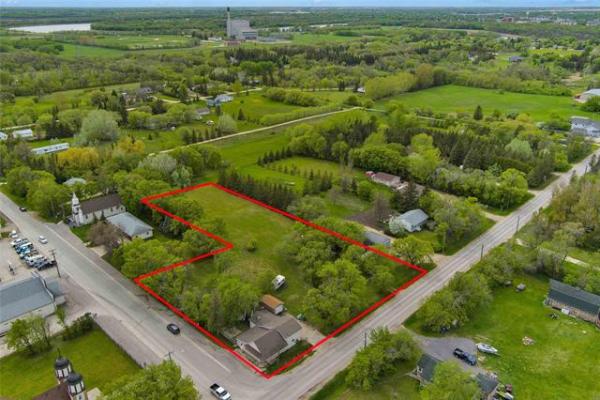THE first long weekend of summer is the busiest time of the year for exterior painting. Building-supply stores sell more paint than at any other time, because homeowners have been trained to think the "safe time" to paint outside is after the last frost date. That might be a good rule of thumb for planting vegetables, but it isn't a guarantee when it comes to painting.
Everyone wants to get outside and start painting trim and siding, or staining decks and fences. And exterior painting definitely has to be done when weather conditions are good. That means the temperature should be around 20 C, consistently. That does not mean it reaches a brief high of 20 C at midday, and goes back down to near-freezing overnight. It also means that, if the weather is too hot or too humid, you're asking for trouble.
When the temperature falls at night, dew forms on the newly painted surfaces. That will stop the paint from curing properly and moisture can get into it. If you know the night will be cool, paint early in the day. That allows the longest curing time. If you paint too late in the day the paint might not be dry before the dew falls in the evening. But be careful: If you paint too early, before the dew has dried, your surface won't be dry enough for the paint to adhere properly.
Pay attention to your home's exposure. The north side of a fence or your home gets the least amount of sun, so those surfaces might get even colder than the air temperature, and they'll be the slowest to warm up. An experienced painter knows how to follow the sun around the house to get the best results, given the season and the air temperature. In the cooler times, you need the sun to warm and dry your surface before you paint. On the hottest days, you need to stay ahead of the sun.
The intense heat of summer is as bad for painting outdoors as the cold is in winter. Too much humidity makes it impossible for your paint to cure properly: The amount of moisture in the air won't let the moisture in your paint evaporate.
Too much heat will make your paint dry too fast, or dry unevenly, as the moisture will evaporate out too quickly.
Direct sun on paint will raise the surface temperature even higher than the ambient air temperature. That will make the paint blister or crack. If you have to paint in the hot weather, plan it so you're working in the shade; again, follow the sun. Paint the west side in the morning before the sun gets to it, and the east and south in the late afternoon, after the sun has moved on.
Ideally, you need dry, warm days with little humidity. Regardless of the size of the job, you may need a good week: several days of good weather to dry out the project surface, then good weather after it's done so the paint can properly cure.
If the temperature isn't right or the humidity is too high, wait.
Painting is the sort of job too many people think they can do themselves. How hard can it be? You buy paint, a brush, and you go to work. But most people find out the hard way that, when it comes to exterior painting, you really do get what you pay for.
Professional paint contractors have the equipment and experience you don't. They'll have ladders and scaffolding, tarps and sprayers that you would normally have to rent. They'll have the knowledge that comes from experience. And they'll be able to explain the process of painting your house, including what materials they'll use and why, and why you might need to wait for better weather.
-- Canwest News Service
Catch Mike in his brand-new series, Holmes Inspection, airing Thursdays at 8 ET/PT on HGTV. For more information, visit www.hgtv.ca.
Do you have a question about home renovations? E-mail mikemakeitright.ca.




